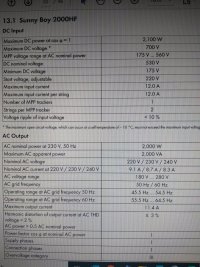I had a PV system installed in January this year so I am not particularly aware of the detail of FITs. However I would be concerned that if an existing system was altered to comprise a smaller number of newer panels then the new MCS certification would not match with that registered for the FIT. Could this then invalidate the FIT?
I suggest that a competent PV installer should be able to advise different courses of action that are available.
My own new 6.66kW PV system comprises 18 panels, dual input inverter and a 9.6kW battery. When I ordered it I didn’t think it would actually pay for itself, considering the life expectancy of inverter and battery. But for once I seem to be ahead of things and with the large increase in energy costs I now hope for a payback after about 8 years (calculated simplistically). The recipient of the power I export under the ‘Smart Export Guarantee’ needed careful consideration due to hugely varying payments. Export is capped at 6 kW.
I suggest that a competent PV installer should be able to advise different courses of action that are available.
My own new 6.66kW PV system comprises 18 panels, dual input inverter and a 9.6kW battery. When I ordered it I didn’t think it would actually pay for itself, considering the life expectancy of inverter and battery. But for once I seem to be ahead of things and with the large increase in energy costs I now hope for a payback after about 8 years (calculated simplistically). The recipient of the power I export under the ‘Smart Export Guarantee’ needed careful consideration due to hugely varying payments. Export is capped at 6 kW.



